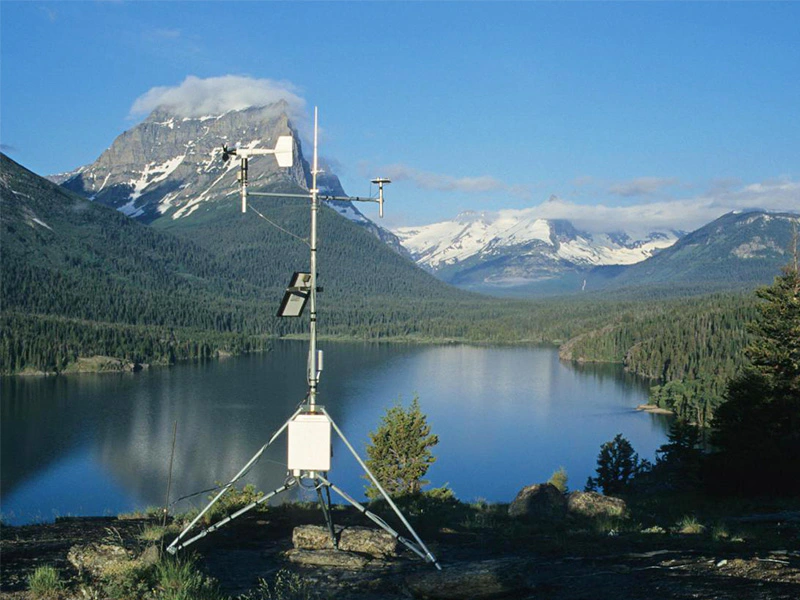
# What is a Weather Station?
Introduction to Weather Stations
A weather station is a facility, either on land or at sea, equipped with instruments and technology to observe and record atmospheric conditions. These stations play a crucial role in meteorology by providing data that helps in weather forecasting, climate research, and environmental monitoring.
Components of a Weather Station
Modern weather stations typically include several key instruments:
- Thermometer – Measures air temperature
- Barometer – Measures atmospheric pressure
- Hygrometer – Measures humidity levels
- Anemometer – Measures wind speed
- Wind vane – Measures wind direction
- Rain gauge – Measures precipitation
- Pyranometer – Measures solar radiation
Types of Weather Stations
Weather stations come in different forms depending on their purpose and location:
1. Professional Weather Stations
These are high-precision stations used by meteorological organizations, airports, and research institutions. They often include sophisticated equipment and are maintained by trained professionals.
2. Personal Weather Stations
Designed for home or amateur use, these stations are more affordable and easier to install. Many can connect to home networks and share data online.
3. Automated Weather Stations
These stations operate without human intervention, often in remote locations. They transmit data automatically via satellite or radio signals.
How Weather Stations Work
Weather stations collect data through their various sensors at regular intervals. This data is then:
- Recorded either manually or automatically
- Processed and analyzed
- Transmitted to weather forecasting centers
- Used to create weather models and forecasts
The Importance of Weather Stations
Weather stations serve several vital functions:
- Providing accurate weather forecasts for public safety
- Supporting agriculture with crucial growing season data
- Assisting in aviation and maritime navigation
- Contributing to climate change research
- Helping in disaster preparedness and early warning systems
Conclusion
From simple backyard setups to complex professional installations, weather stations form the backbone of our weather observation systems. As technology advances, these stations continue to become more accurate and accessible, playing an increasingly important role in our understanding of Earth’s atmosphere and weather patterns.
Keyword: what is a weather station
Recent Comments